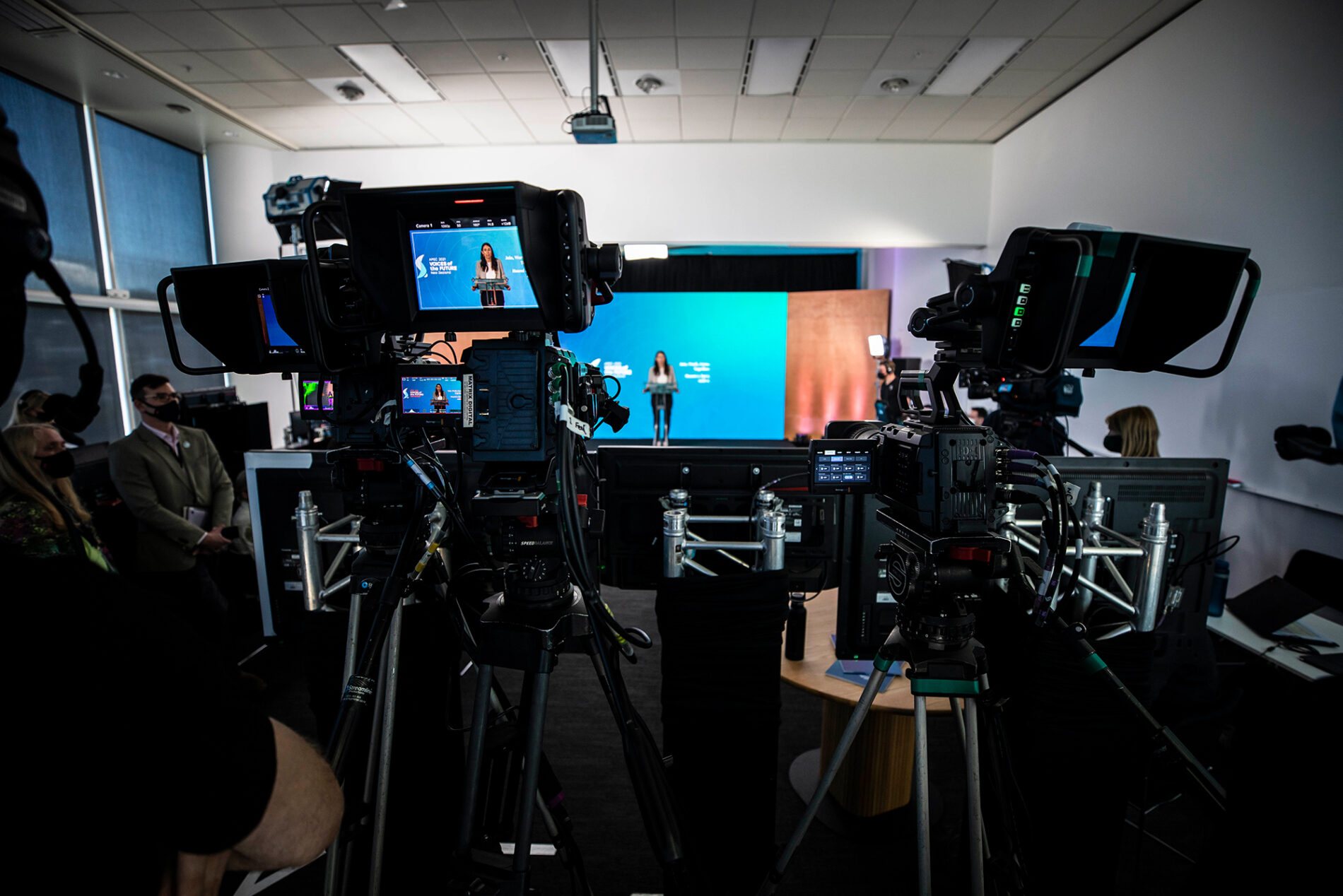
The art of diplomacy gets a tech makeover, looking beyond coffee and corridors to a post-pandemic world
A diplomat’s life can be measured out in coffee cups and corridors.
Before the big handshake moments and global summits announcing international agreements, most of the work gets hashed out over informal coffee breaks or in hallways between meetings. It’s a physical, face-to-face world for those representing their countries’ interests abroad. So when travel came to a screeching halt as the pandemic spread in early 2020, the global diplomatic corps was at a loss.
But flexibility and compromise are key traits of a good diplomat, and within a year most had adapted and were recognizing the power of digital diplomacy with a hybrid approach including video meetings and conferences, says Corneliu Bjola, a professor of diplomatic studies at the University of Oxford who recently surveyed foreign-service workers around the globe. Now, Bjola says, most don’t want to go back to the age-old, pre-pandemic practices.
“The taboo has been broken,” Bjola says, “and hybrid diplomacy is here to stay.”
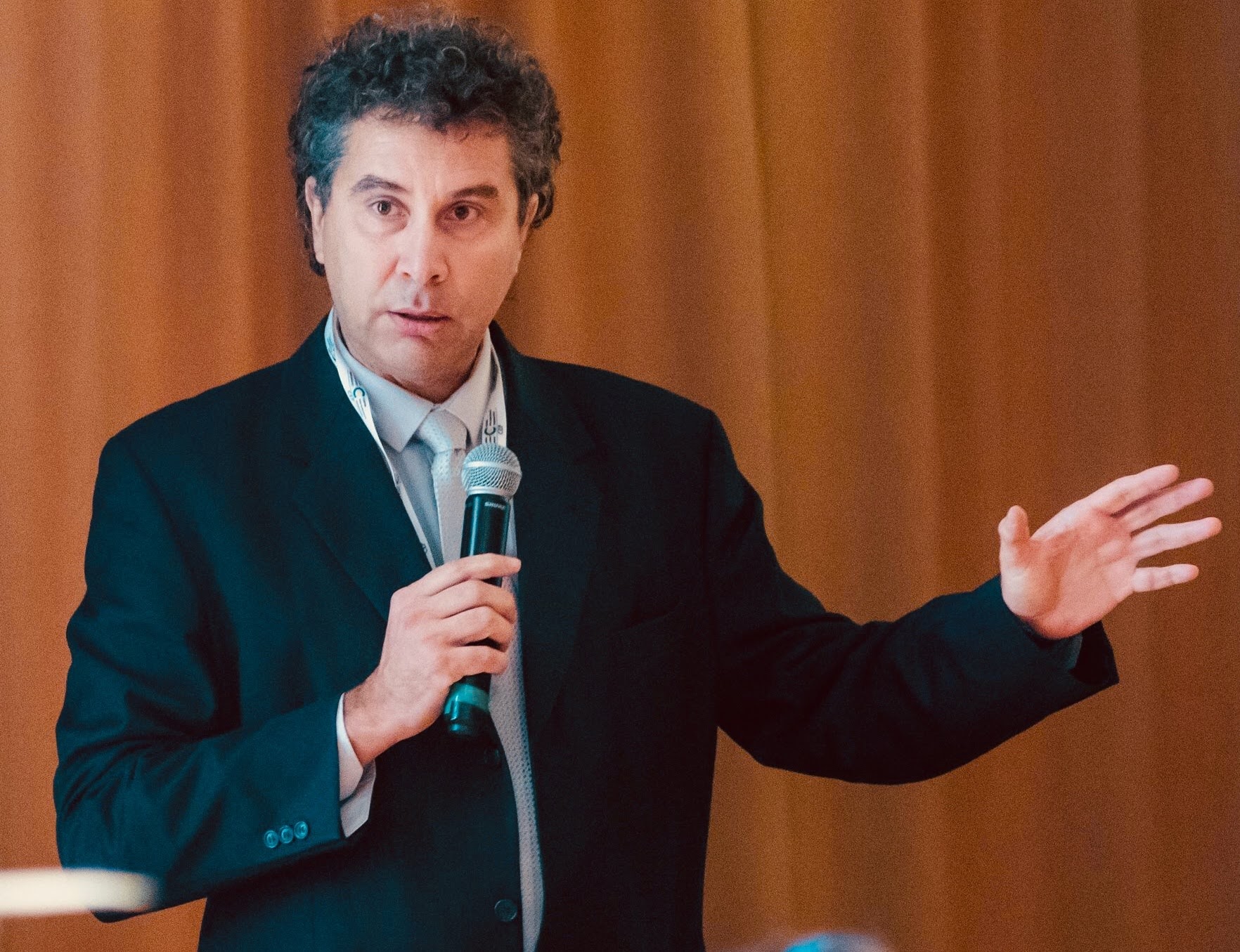
The Asia Pacific Economic Cooperation, known as APEC, is a prime example after world leaders, diplomats, CEOs and support staff held all their meetings and summits virtually throughout 2021.
The forum is made up of 21 members rimming the Pacific Ocean who take turns as host each year — with hundreds of meetings during quarterly clusters of talks to promote free, fair and open trade in the region of 2.8 billion people. Gatherings were well underway in Malaysia in 2020 when the global pandemic hit and country after country went into lockdown. New Zealand then found itself in the unique position of finalizing years-long plans to welcome 20,000 APEC attendees throughout the course of 2021, even as the island nation shut its borders with one of the most aggressive pandemic responses in the world.
It was a perfect opportunity for technology to shine.
“I was blown away by New Zealand’s decision in 2020 to go virtual for 2021, but it ended up being prescient,” recalls Dr. Rebecca Sta Maria, the executive director of the APEC Secretariat, based in Singapore. “We couldn’t travel, but we could still meet. If we didn’t have that access to technology, it would have been nearly impossible for APEC to continue.”
New Zealand’s Ministry of Foreign Affairs and Trade partnered with local telecommunications and digital services provider Spark Business Group to develop a customized platform based on Microsoft Teams for the meeting clusters throughout the year. And then it chose Teams again for the big, two-day CEO summit in November after seeing how the Microsoft stack had been able to scale up on Azure to handle the huge Consumer Electronics Show (CES) and other large events, with the extra security needed for sensitive talks among world leaders.
One benefit to hosting APEC includes promoting the host economy’s culture. New Zealand, with just over 5.1 million people and one of the smallest economies in APEC, had been counting on the boost from having thousands of delegates flood in. In adopting a virtual format, the planning team quickly moved to welcome delegates with video scenes from around New Zealand during the leadups to meetings or breaks between sessions, accompanied by tunes from local musicians. A concierge helped delegates manage their sound, background and on-screen positioning. And in the case of the CEO summit, the team shifted from a theater-type presentation to a television-style production with anchors hosting the meetings and providing slick transitions among speakers — including many wearing traditional Māori dress and giving greetings in the Māori language.
And it turned out there were a lot of positives to digital diplomacy.
For one thing, governmental leaders and business executives were able to virtually attend meetings in Wellington, New York and Geneva on the same day — and without suffering jet lag or spewing carbon dioxide to get there.
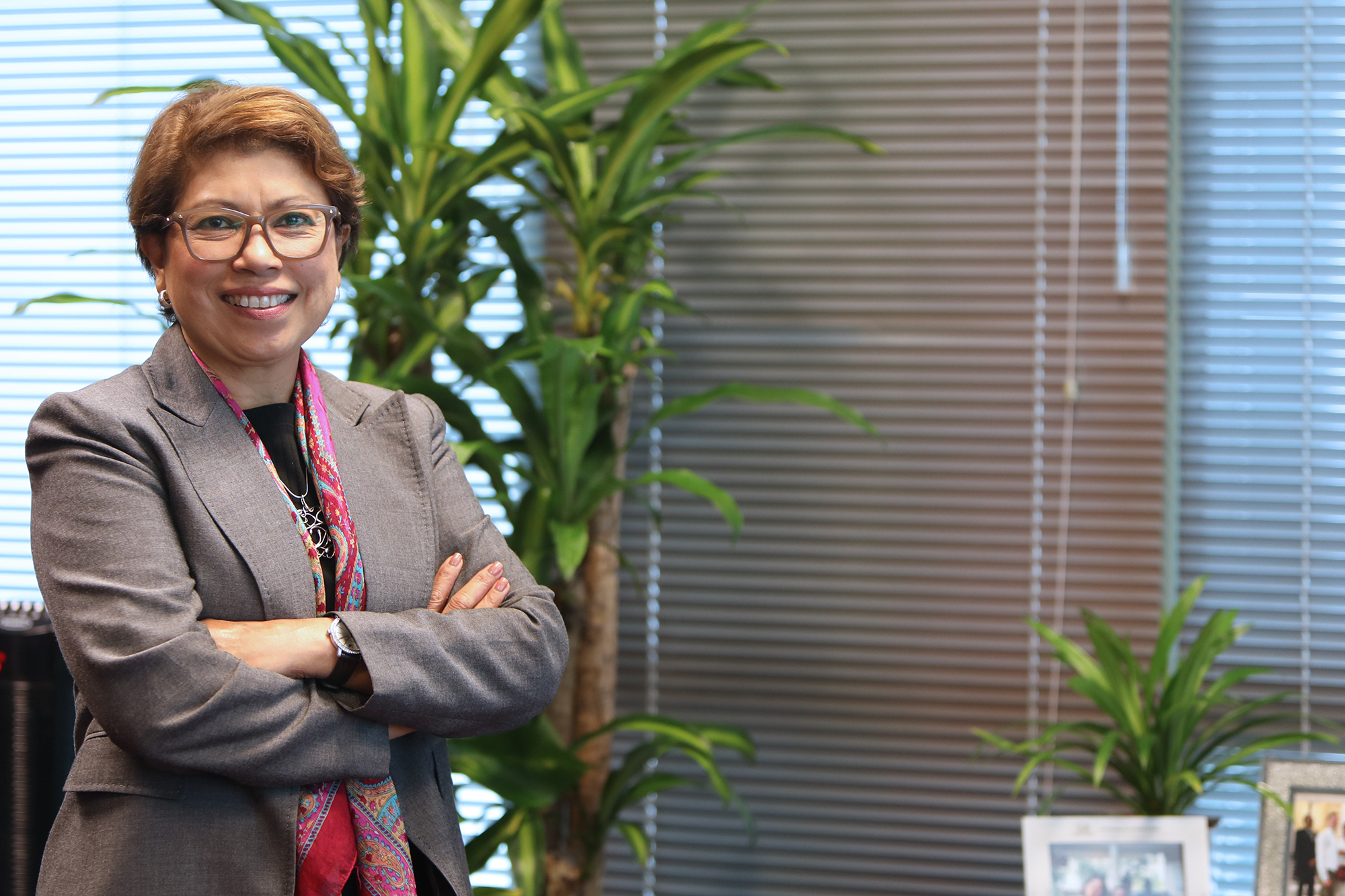
“People don’t have to fly 24 hours anymore to get to a three-day meeting,” Sta Maria says, adding that she also was able to keep on top of her organization better in 2021 by having the video feed on in the background. “There are some meetings I don’t need to participate in, I just need to listen to know what’s going on. So I could have my coffee on the side or sit at home planning my day, writing my drafts, thinking through things, but also be able to track what’s going on. If you have to be physically present, you can’t do those things, or else you wouldn’t have been able to go at all.”
Online meetings also allow top diplomats greater access to subject-matter experts during negotiations. It can be complicated to schedule lengthy travel with a large entourage of experts, but it’s easy to simply conference someone in to a meeting on Teams.
Digital diplomacy has been a boon to smaller and developing countries in particular, which are finding they can use tech tools to “punch above their weight” on the global scale, without the prohibitive cost of travel, Bjola says.
“What everyone experienced in 2020 was an increase in reach,” says Marc Perez, the global lead for the virtual events center of excellence at Microsoft. That was even true for his company.
In 2019 before the pandemic, there were a record-setting 6,200 attendees at Microsoft’s annual Build conference for software engineers and developers, including 28 from Africa. But when the event went virtual in 2020, it drew 193,000 active participants – with 6,244 from Africa.
There has also been a digital democratization underway over the past year and a half, with the participation of small business owners, women, youth, subject-matter experts and others who may have been marginalized or wouldn’t have otherwise attended. New Zealand Prime Minister Jacinda Ardern was keen to ensure that her country’s unusual turn at hosting would provide more equity in engagement, Perez says, and would include communities that might not be able to afford to send an entire entourage on a long flight to the South Pacific.
Despite the tradition of diplomacy, meeting virtually actually does offer some advantages over in-person gatherings, says Monica Hardy Whaley, president of the National Center for APEC, a Seattle-based liaison between APEC officials and private-sector companies in the U.S.
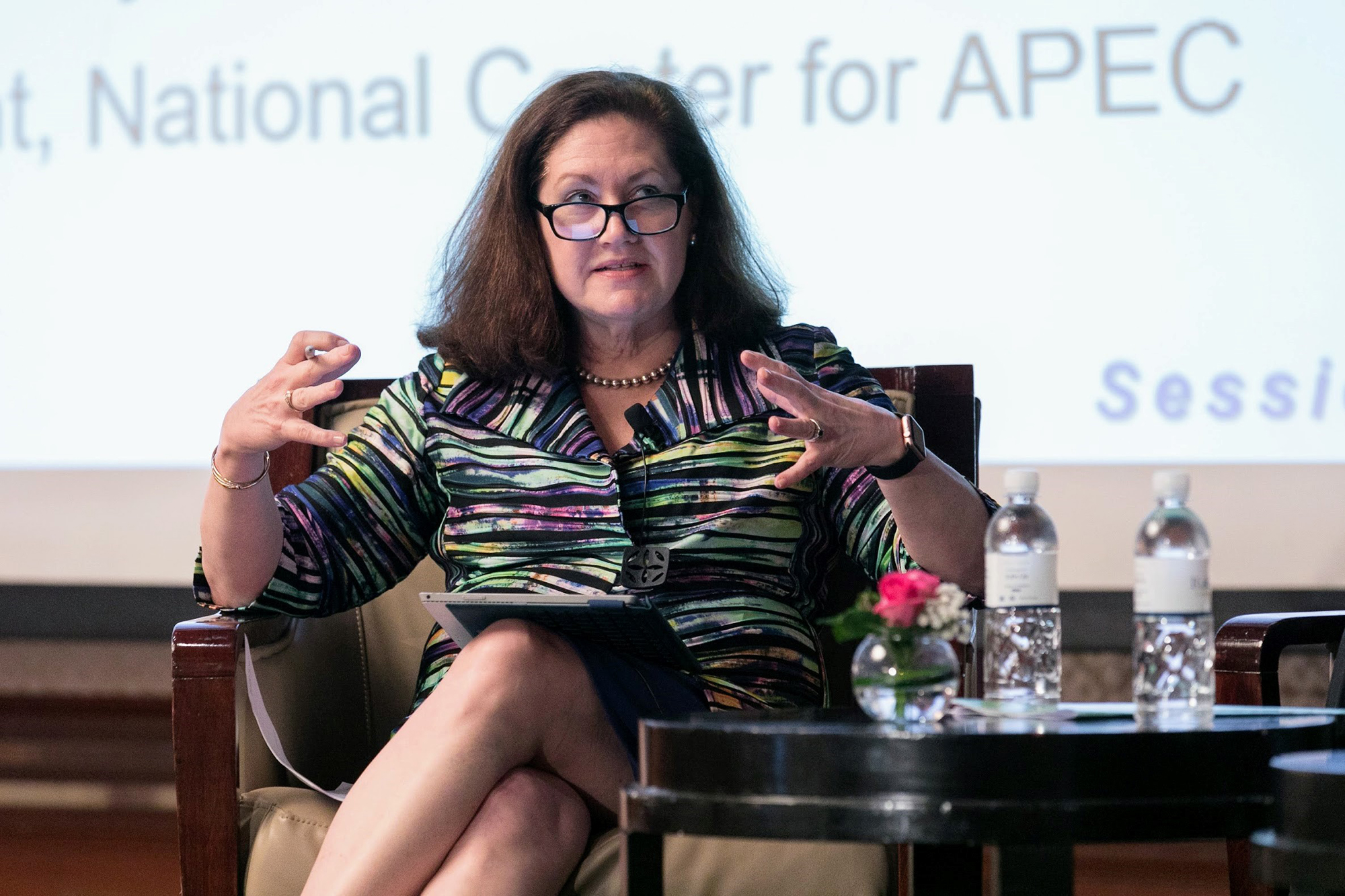
“It’s a lot easier for a senior executive or big-name speaker to get on Teams for 20 minutes and participate in a panel than to get them to travel several days to someplace like Arequipa, Peru, for example,” Hardy Whaley says. “That’s one silver lining APEC has seen over the course of this year — the quality of the expert input and advice has increased and improved because of the ability through technology to get someone you wouldn’t normally get to attend the meeting.”
To be sure, not everything lends itself well to digital diplomacy.
“Negotiations are very difficult even in the best of circumstances when you do it in person, and here we were trying to draft statements and declarations across nine time zones in a virtual environment,” Sta Maria says. APEC actions are consensus-based and non-binding, “so it’s all about trust and the relationships you build,” she says.
It’s those informal “corridor talks” that have suffered during the pandemic, Bjola says, especially when support staff trying to sort out the wrinkles of an agreement can’t tell who might be listening in just outside the screen view so might be more guarded than normal.
Trust is crucial in diplomacy, and it’s something that’s hard to initially establish via video. Diplomats get to know their counterparts well in order to understand their motivations and objectives to help with creative solutions to disagreements. They’re taught to read facial expressions, body language and behavior. Those who knew each other before the pandemic had an easier time continuing their relationships online than those just starting out, trying to do all that without the benefit of establishing rapport with a joke or a meal before negotiations begin, says Bjola.
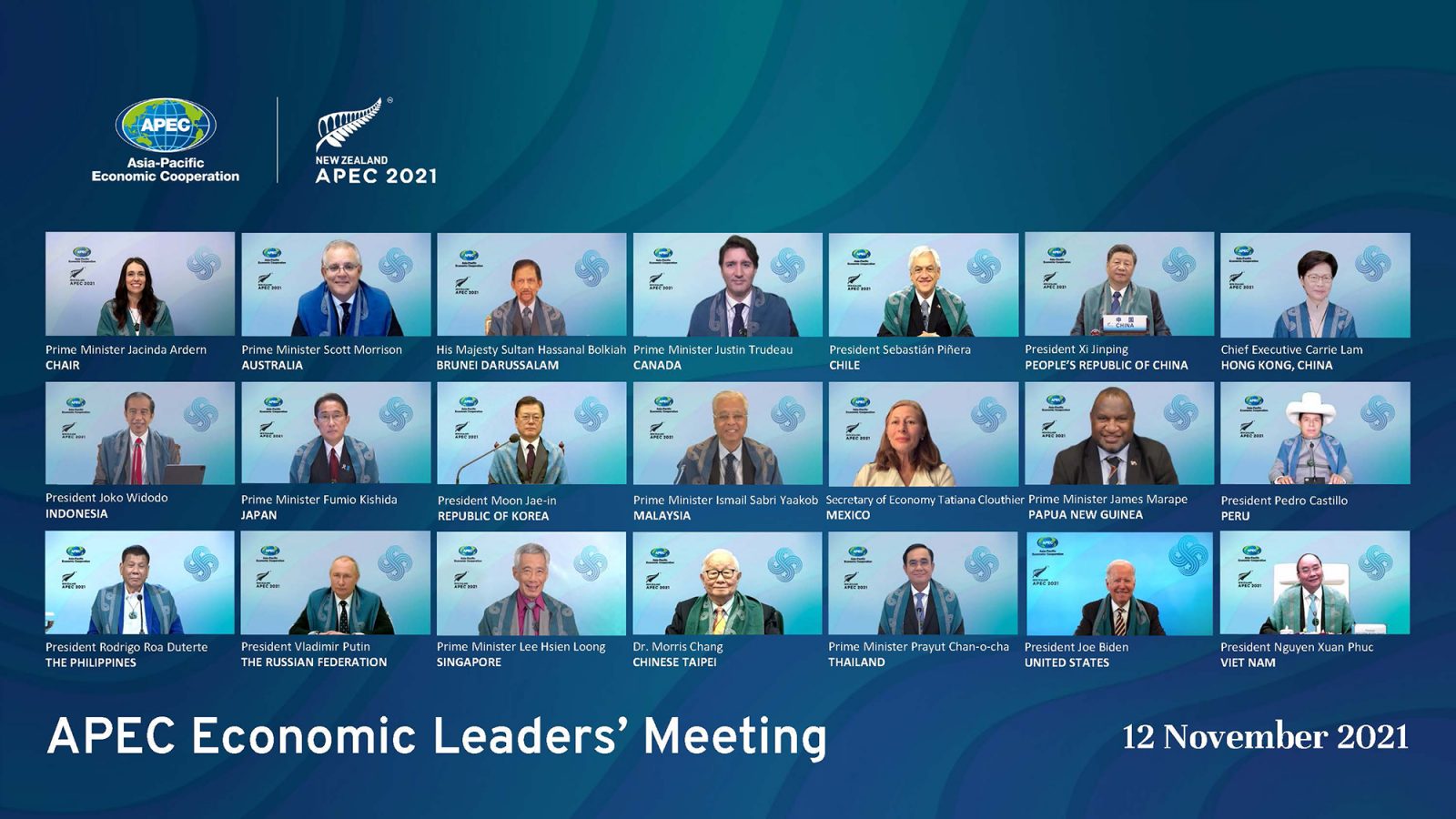
There have been the classic gaffes in international diplomacy that are well known to everyone — a prime minister having to tell a president “You’re on mute” during one conference, for example, and a concierge helping a world leader adjust their camera so no one was looking up anyone’s nose. But digital diplomacy takes it a step further, with the importance for a forum like APEC of making sure no one’s background is brighter than another’s, that heads of state all have the same-sized heads, and that interpreters have a large enough view to be able to translate effectively.
The unique nature of international diplomacy has forced Perez’s team to think and innovate differently, he says. It’s not about a flashy experience with 3D virtual trade booths and the like, but is rather focused more broadly on the human experience, he says.
“People leading governments are in the business of shepherding and leading humanity,” Perez says, “and that was the biggest shift for me, that I’m not showcasing a product here, I’m facilitating opportunity to influence and be influenced.”
Global summits are a lot about symbolism — seeing who attends with what type of entourage to project what type of power is being represented. With Teams video meetings, that symbolism shrinks, because everyone shows up in the same-sized square on the screen. Still, world leaders have gotten creative in how they present themselves in those squares for some of the meetings, Bjola says. They may appear with an imperial looking background and dozens of aides behind them, for example, or all alone in an austere setting, seeking to project control and autonomy.
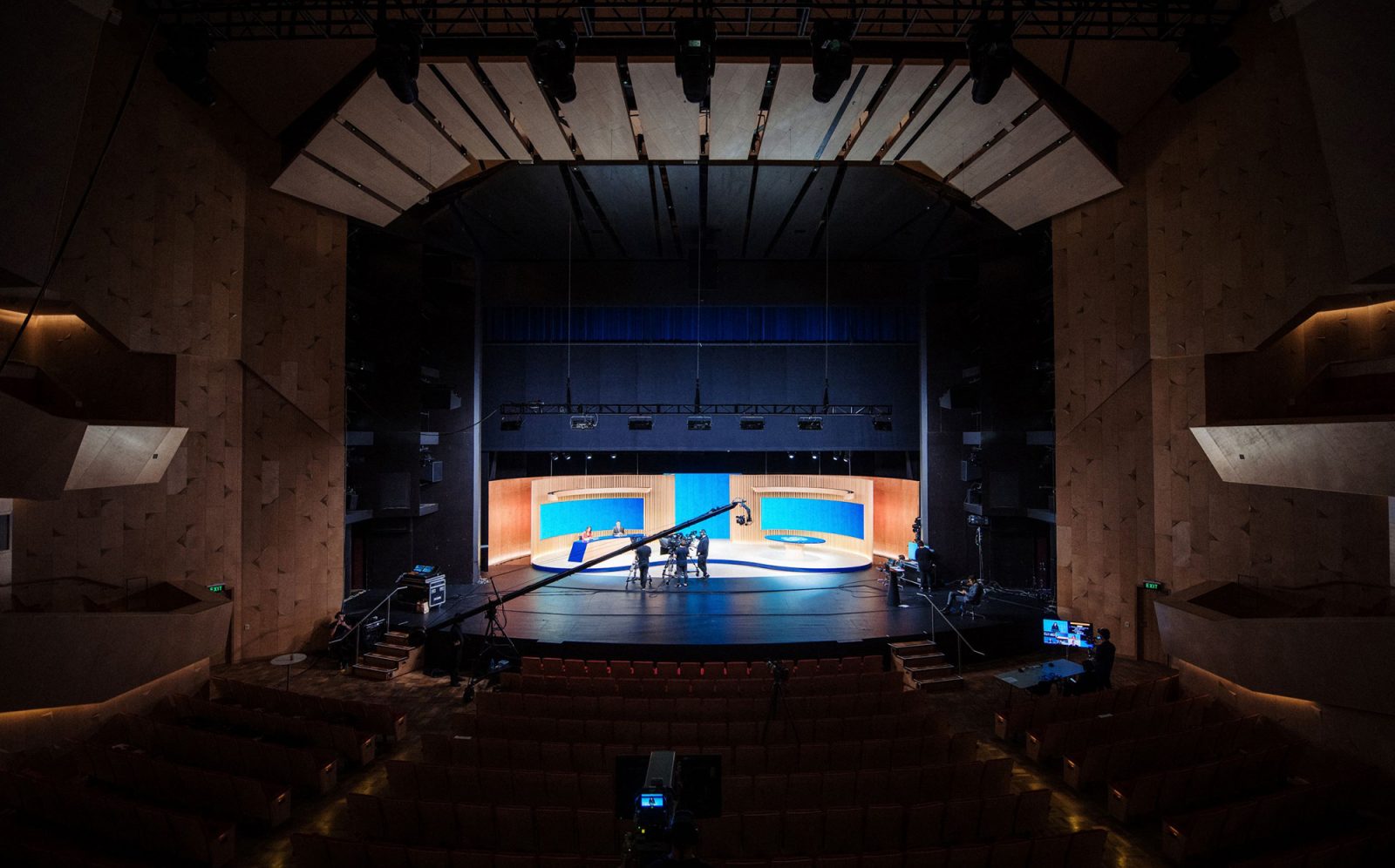
One thing is clear, Bjola says: The pandemic has shuffled the diplomatic deck and brought tech companies into the mix as a new actor. Diplomats used to controlling everything about the environment of negotiations are now forced to use the platform provided and have minimal options for customizing it. Recognizing that new role technology plays in their diplomatic work, there are now about 20 tech ambassadors engaging with Silicon Valley on behalf of ministries of foreign affairs around the world, Bjola says.
The “knee-jerk response” to the pandemic is now moving into a rhythm of business, Perez says, transitioning beyond simply livestreaming a single event to developing memorable, innovative and ongoing experiences that provide feedback to and engagement with the speakers and hosts.
“We adapt to technology, and it will evolve to assist us,” Sta Maria says. Regardless of the pandemic’s twists and turns, she says, “Virtual in some format is here to stay.”
Top photo: APEC 2021 was hosted by New Zealand Prime Minister Jacinda Ardern. (Photo by Jeff Tollan/APEC New Zealand)
